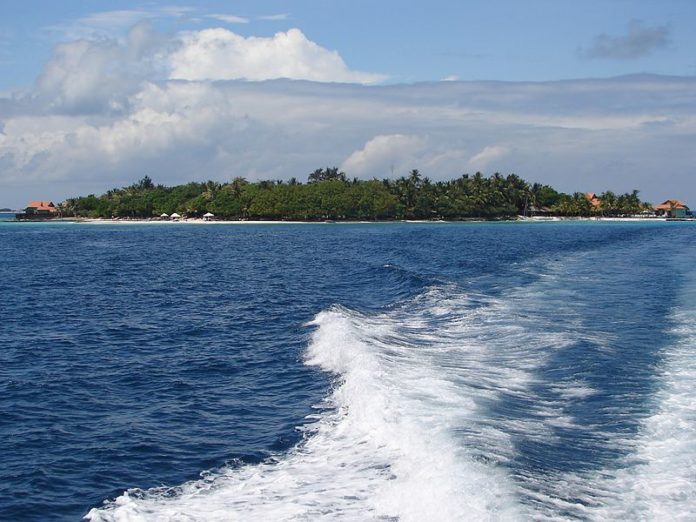
Evidence from a newly released study has suggested that the Maldives “could become the first state in history to be completely erased by the sea,” says Evan Puschak of the Seeker Network. Being the planet’s lowest country — “On average, it’s only five feet above sea level,” says Puschak — the Maldives are at great risk of losing their tourism dependent economy and the very existence of the country.
If the sea level rise continues to rise as predicted, as much as 77 percent of the county will be submerged by water by the end of the century. However, if the rate of the ocean sea level rise accelerates further, the country could even be submerged by 2085.
This will cause devastating effects on the bio-diversity, habitat and land mass. Relocating other humans is no issue, but the thriving reef environments and diverse species that inhabit the land and oceans in the Maldives would be difficult. Categorising each species is costly and time consuming. Furthermore the risk of relocating those species would be problematic, as they could potentially become invasive and outcompete others.
It’s not just low lying nations that also are under threat of rising sea levels. Recent studies posted by the National Geographic say, “we can expect the oceans to rise between 2.5 feet and 6.5 feet by 2100”. A rise of this magnitude doesn’t sound devastating, but it will be enough to flood many cities along the U.S. east coast. More extreme estimates — based around the complete meltdown of the Greenland ice sheets — predict a 23 feet rise in sea levels, enough to submerge London.
Although sea levels continue to rise, Paul Kench and colleagues of the University of Auckland, New Zealand, found no evidence supporting the theory that low lying islands are at risk, causing much speculation on the matter. His data indicates that storms and disturbances, such as tsunami’s — which the Maldives are no strangers to — break up the coral reefs and rocks, depositing the remains on the islands situated around the Maldives.
Also climate change, the cause of the sea level rising, will also produce more frequent and larger storms which would be catastrophic in the short term; however, they could also potentially increase the land mass in the long term.
Ultimately, if research continues to monitor the growth or reduction of land mass within the Maldives, we could gather enough information to be able to save the environments. As Kench states, the building of low lying islands comes from sediments created by thriving coral reefs. However, as the reefs face a range of threats, such as warming oceans and pollution, it becomes clear what needs to be done to preserve these environments.
You want to support Anonymous Independent & Investigative News? Please, follow us on Twitter: Follow @AnonymousNewsHQ




